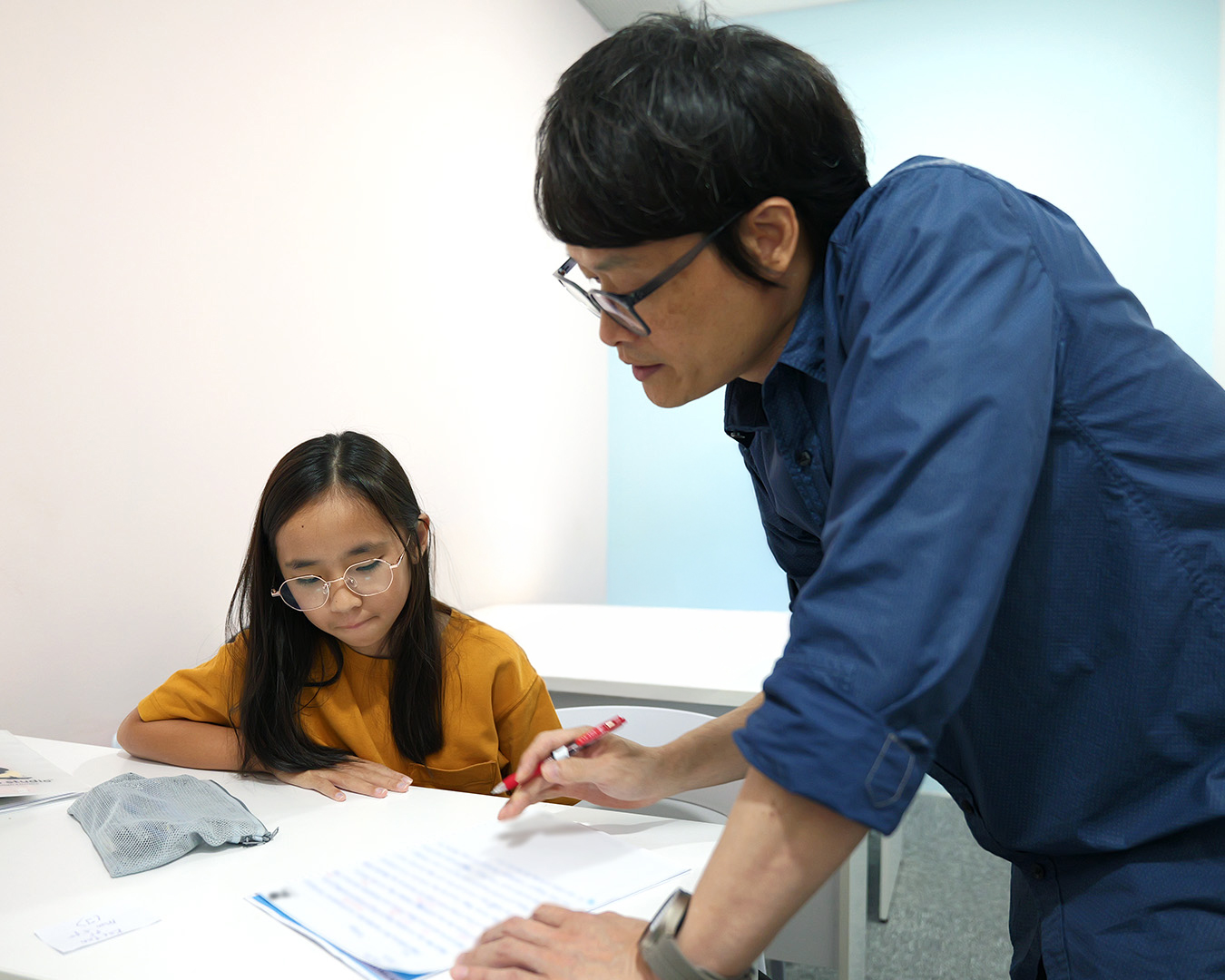
07 April 2022
Teaching English Learners in Writers Studio The SIOP Way
Written by Sheila Mae
Writers Studio is constantly evolving the way we teach English. The Sheltered Instruction Observation Protocol (SIOP) Model has been a very useful model that we have implemented. This invaluable instructional model has proven effective in addressing the academic needs of English learners throughout the United States and we recognise the meticulousness and structured learning approach that the model encourages.
Teaching English learners is not an easy task for regular classroom teachers. In fact, teaching English Learners has become such a highly specialised field that there are professionals who devote their whole careers to researching and perfecting strategies for English Learner instruction.
Writers Studio teachers follow the eight major components that guide lesson plan development and instructional delivery that would best benefit our students:

Let us take a closer look at each component and its implications for teaching.
- Preparation: Our teachers are very familiar with the standards of Singapore education. Meaningful activities are planned for the serious learners in the classroom.
- Building Background: There is no better way for us to check that our students are learning except by creating meaningful vocabulary and reading activities and these are just a few examples. During the lessons our teachers connect the student’s backgrounds and past experiences with new learnings. Children are exposed to thematic materials, such as ecosystems, cost donations and exploitation. From there, they will be able to find out how the words can be used contextually and comprehend better.
- Comprehensible Input: Our teachers are encouraged to make lessons comprehensible by using vocabularies that the student understands because children are still in their developmental stages of learning, and they do need us to scale down language to their level.

- Strategies: Instead of giving them heavy dictionary meanings where strategies are concerned, our teachers apply a varied learning style. During the lesson, our teachers engage in a wide range of strategies including explicit instructional strategies, such as questioning techniques, to support higher-level thinking that involves predicting, summarizing, problem solving, organizing, evaluating, and self-monitoring.
- Interaction: Our students are not restricted to independent learning or individual learning. There are some students who work better in pairs, in triads or in groups. There are times when our teachers will sit among the students and think through a problem with them to demonstrate the thinking process that they have if they want to focus on a child’s comprehension. This humbling method is one of the best methods we have used, where teacher talk is reduced, and students are encouraged to think and discuss first. Students are given adequate wait time so they can communicate their answers. When students here are understood, they are more encouraged to learn, and this is the kind of environment we want to create with children.
- Practice and Application: The SIOP model works best here at WS. In class, students are encouraged to present their points of view and explain why certain answers are as. Teachers would discuss with them the techniques in the worksheets and ensure that the children can apply the same strategies in school. We always bring forth the knowledge that what they learn in the studio can be applied in school too. And with that, students would be able to gain maximum value out of each lesson.
- Lesson Delivery: The teacher focuses on delivering lessons that are understandable to the students, creating opportunities for students to talk about concepts, and include hands-on activities that reinforce each lesson.

To conclude, the result is simple; we want our children to learn to be critical thinkers as leaders of tomorrow.




